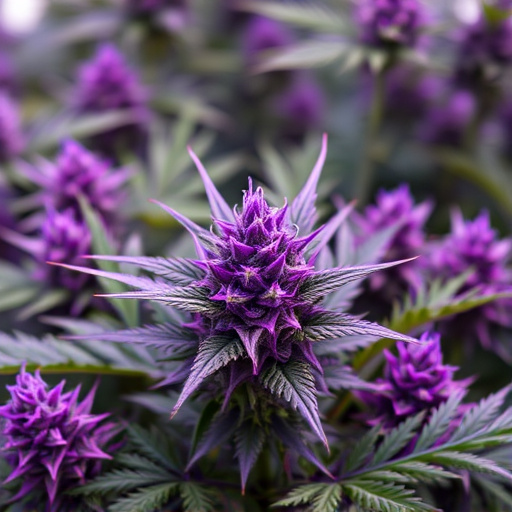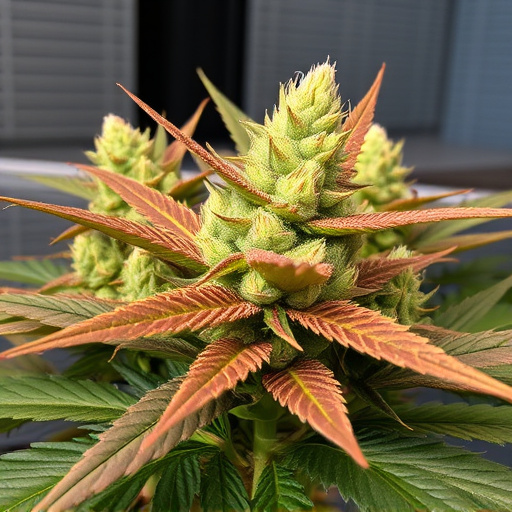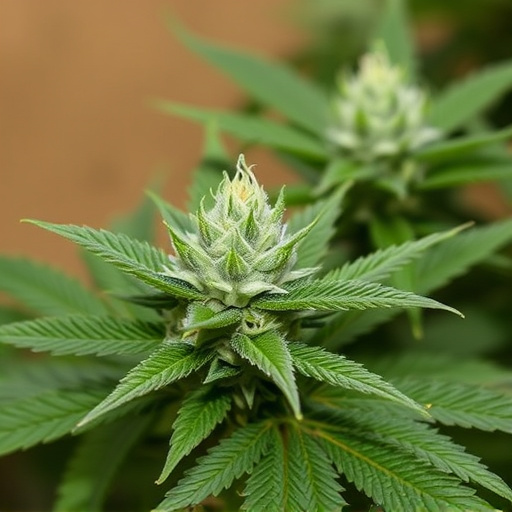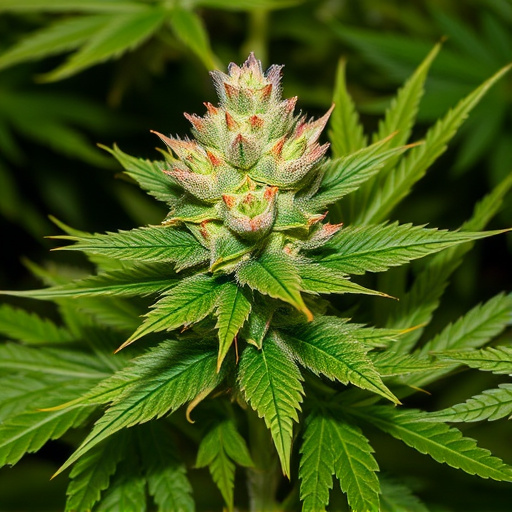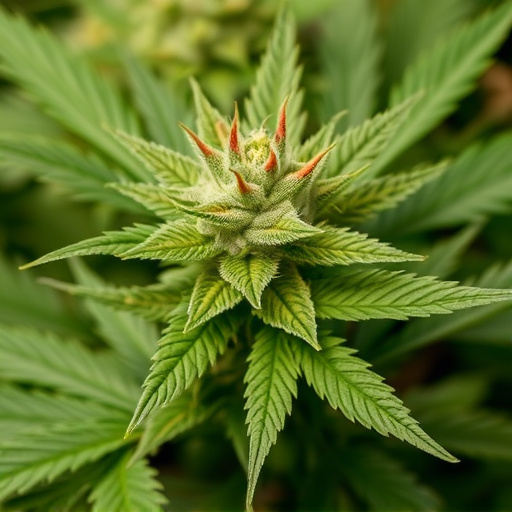Sour cannabis strains offer a promising natural approach to pain management through their unique combination of THC and CBD compounds. These substances interact with the body's endocannabinoid system, targeting specific receptors for analgesic effects. THC binds to CB1 receptors for pain relief, while CBD interacts with multiple targets, providing anti-inflammatory benefits without psychoactive side effects. Integrating these compounds through various delivery methods allows for a holistic strategy to manage both physical symptoms and underlying causes of pain, appealing to those seeking alternative remedies.
“Unraveling the science behind THC and CBD’s role in pain management offers promising insights for natural relief. These compounds, found in cannabis, interact with our endocannabinoid system to regulate pain perception and inflammation. This article explores how understanding THC and CBD can empower individuals to manage chronic pain effectively. From deciphering their effects on the body to uncovering the potential of sour cannabis strains, we delve into strategies for integrating these natural compounds into a comprehensive pain relief regimen.”
- Understanding THC and CBD: The Role in Pain Perception
- Sour Cannabis Strains: Unlocking Potential for Pain Management
- Integrating THC and CBD into a Comprehensive Pain Relief Strategy
Understanding THC and CBD: The Role in Pain Perception
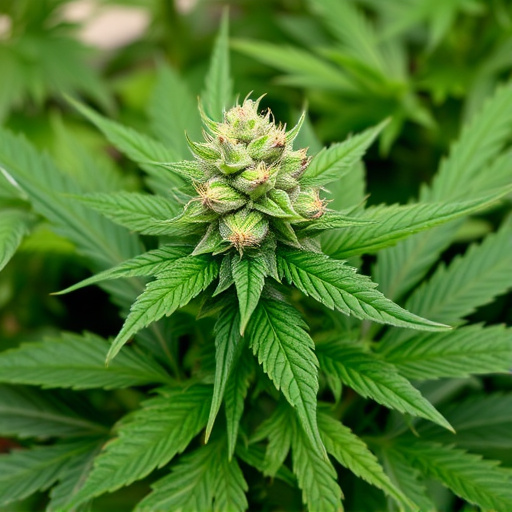
The world of cannabis and its compounds, like THC (tetrahydrocannabinol) and CBD (cannabidiol), is a fascinating one when it comes to pain management. These substances play a significant role in how our bodies perceive and respond to pain signals. When consumed, whether through smoking sour cannabis strains or using other delivery methods, they interact with the endocannabinoid system (ECS) present in every human body.
THC, known for its psychoactive effects, binds to specific receptors in the ECS, primarily CB1 receptors, located in areas of the brain associated with pain perception and emotional responses. This activation can lead to a reduction in pain feeling. On the other hand, CBD doesn’t interact directly with the CB1 receptors but instead influences pain signaling indirectly by inhibiting certain enzymes that break down endocannabinoids, our body’s natural painkillers. Thus, both THC and CBD contribute to soothing pain, making them valuable components of modern pain management strategies.
Sour Cannabis Strains: Unlocking Potential for Pain Management
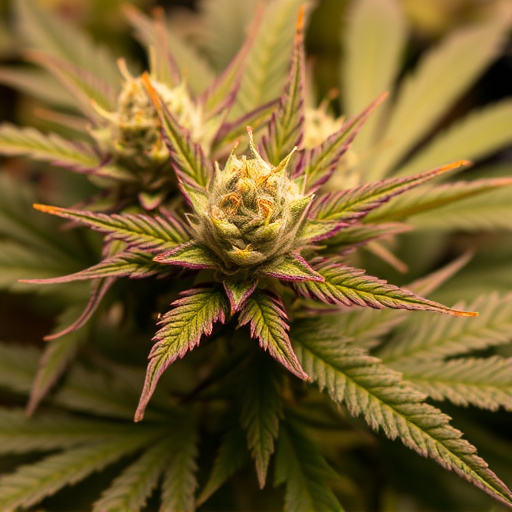
Sour cannabis strains, known for their distinct tartness and complex flavor profiles, hold significant potential in pain management. These strains are rich in both THC (tetrahydrocannabinol) and CBD (cannabidiol), compounds that interact with the body’s endocannabinoid system to regulate pain perception and inflammation. The unique chemical makeup of sour strains allows them to offer a range of therapeutic benefits, making them a popular choice for individuals seeking alternative solutions for chronic or acute pain.
Research suggests that THC binds to CB1 receptors in the brain, contributing to its analgesic (pain-relieving) effects. Meanwhile, CBD interacts with multiple targets, including CB2 receptors and certain serotonin receptors, further amplifying the strain’s ability to manage pain without inducing psychoactive effects. This blend of compounds makes sour cannabis strains a versatile tool for navigating pain management, appealing to those seeking natural remedies with minimal side effects.
Integrating THC and CBD into a Comprehensive Pain Relief Strategy
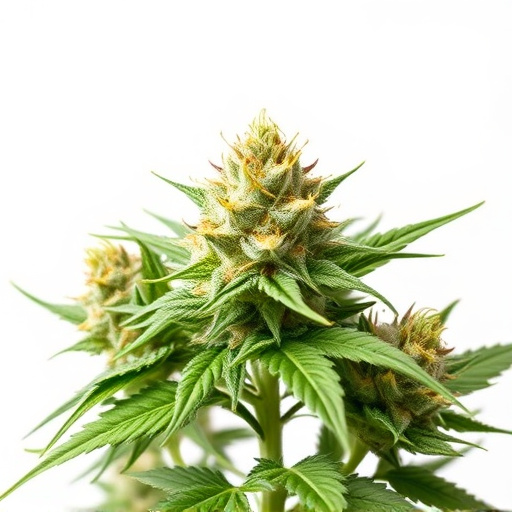
Integrating THC and CBD into a comprehensive pain relief strategy can offer significant benefits for those seeking alternative treatments. THC (tetrahydrocannabinol) and CBD (cannabidiol) are both compounds found in sour cannabis strains, each with unique properties that complement one another. While THC is known for its psychoactive effects, it also acts as a potent analgesic, helping to reduce pain perception. CBD, on the other hand, doesn’t induce any intoxicating effects but has anti-inflammatory properties and can help manage chronic pain conditions effectively.
When combined, these compounds create a synergistic effect that enhances overall pain management. THC’s ability to interact with the endocannabinoid system helps block pain signals, while CBD’s anti-inflammatory actions reduce swelling and inflammation associated with pain. This integration allows for a more holistic approach, addressing both the physical symptoms of pain and its underlying causes. Patients can find relief through various delivery methods, such as edibles, topical creams, or vaporizers, tailored to their specific needs and preferences.
In conclusion, both THC and CBD have shown significant potential in pain management, with their unique interactions in the endocannabinoid system. Specifically, sour cannabis strains have emerged as powerful tools for alleviating pain due to their balanced profiles of these compounds. Integrating THC and CBD into a comprehensive strategy that also considers strain selection can offer a holistic approach to managing chronic pain, providing not just relief but also enhanced quality of life.


